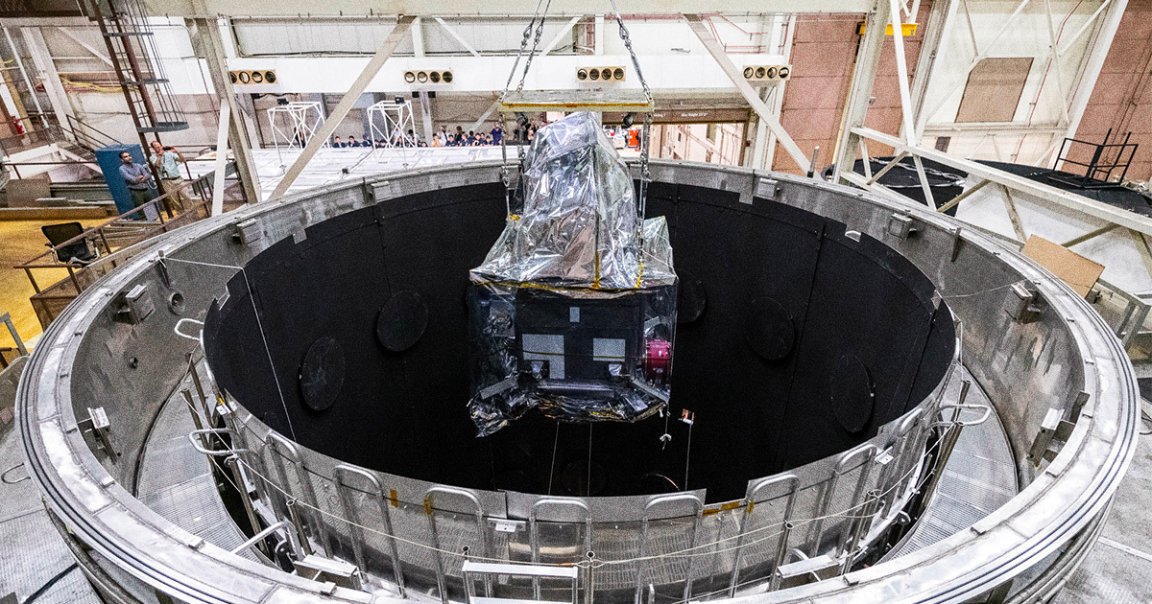
Zooming Out
After a nine year wait, NASA’s finally launched its PACE (Plankton, Aerosol, Cloud, and ocean Ecosystem) mission, which will take a never-before-seen look at the tiny life forms and particles teeming in our planet’s atmosphere. What it uncovers could revolutionize our understanding of global warming, our planet’s oceans, and those oceans’ threatened ecosystems.
“What we’re doing here with PACE is really the search for the microscopic, mostly invisible universe in the sea and the sky, and in some degrees, on land, too,” PACE project scientist Jeremy Werdell told CNN.
A SpaceX Falcon 9 rocket carrying the nearly $1 billion PACE satellite took off early Thursday morning from Cape Canaveral, Florida. Once deployed, the satellite is expected to carry out the mission for at least three years, but has enough fuel to stay in orbit for at least ten.
Bit Players
PACE’s inner-workings are fascinating. It’s equipped with three sensors: a camera called the Ocean Color Instrument which will monitor the distribution of phytoplanktons, and two polarimeters to observe aerosols in the atmosphere via the sunlight reflected by Earth.
As photosynthesizers, phytoplanktons — which include tiny algae and plants — have produced around 50 percent of the Earth’s oxygen. Crucially, they also suck up huge amounts of carbon dioxide that’d otherwise stay in the atmosphere to heat up the planet. They’re clearly indispensable, but some species come with a major caveat: they produce toxic blooms that threaten other forms of marine life. Understanding this carbon-trapping and how these blooms are produced will be key to assessing the state of marine ecosystems going forward.
Aerosols play a similarly important role. While greenhouse gasses like carbon get all the attention for driving global warming, aerosols also affect our climate — and even sometimes cool it — but are harder to account for.
“They come from sources like dust blowing off the Sahara wildfires and even human activities,” NASA Earth Science director Karen St. Germain told CNN. “They seed clouds that can grow into hurricanes coming across the Atlantic, but they also reflect a lot of the sun’s energy.
“So, they too play an important role in the long-term stability of Earth’s climate,” she added.
Double Agency
This potentially earth-shattering revelation couldn’t come at a more pressing time. With CO2 emissions still climbing, it’s more important than ever to understand how Earth’s ecosystems — and its oceans especially — will be affected by climate change. And NASA, for its part, is making it clear that this is tops the agenda.
“We are undeniably in the midst of a climate crisis,” NASA Deputy Administrator Pam Melroy told CNN. “Our planet is undergoing transformative changes from the surge in extreme weather events and devastating wildfires to the rising sea levels.”
“NASA is not just a space and aeronautics agency,” she added. “We are a climate agency.”
More on NASA: NASA Rover Spots Dead Mars Helicopter in Its “Final Resting Place”